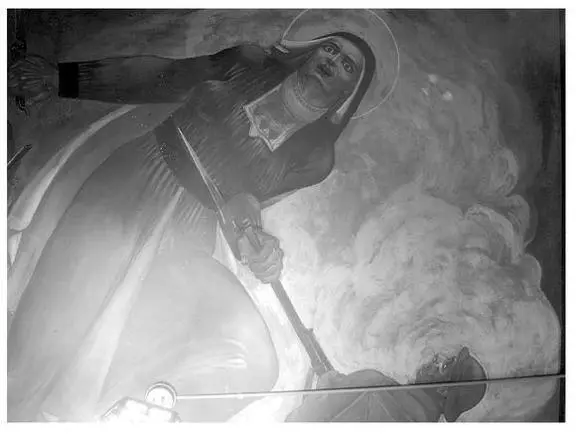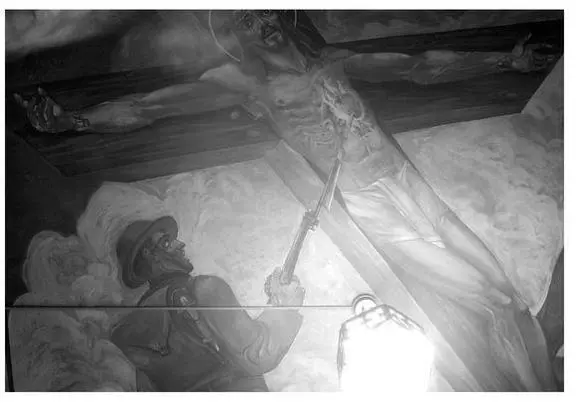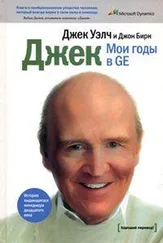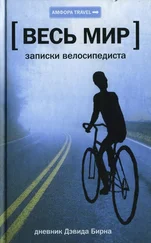I meet my friend John Chernoff, the teacher, writer, and drummer, at the Mattress Factory, an art space on the north side of town. He talks to me about city finances and the transformations this city has gone through. Some old-timers still remember when Pittsburgh was booming and smoky. Between the smoke from the foundries, the coal dust, and the exhaust from the coal heat in the houses, the sky was often dark at noon. Black clouds covered the city for much of the year. It’s hard to imagine such an apocalyptic landscape being real, but it was. There are probably quite a few cities in China just like that now.
The last steel mill closed only recently. They tear them down and the areas that remain are called brownfields—especially if they are being rehabilitated. John says, “The new developments along the river are all brownfields. There are a lot of sites that are now under major reconstruction, such as the old Homestead foundry site that is now a development called Waterfront. Along the South Side, the site of the old Jones and Laughlin steel plant, redevelopment is under way. What makes it a ‘brownfield site’ is that it has been cleared in preparation for rehabilitation or redevelopment.”

In their heyday these foundries were vast—the largest one stretched for miles along the riverbank. The little valleys that branch out from the river each were home to their own mines, and little towns of workers’ housing and churches would be squished into the remaining spaces in these furrows. A law, still on the books, says that if coal is found under your house you have to allow it to be dug out.
Now, of course, with the passing of all this industry, many of those little towns are boarded up, as were large sections of Pittsburgh’s neighborhoods. But other parts are now, in 2005, emerging, beginning to revive, in one form or another. In 2000 Pittsburgh had more unemployment than Detroit or Cleveland—things were looking pretty dismal. People who used to get twenty-three dollars an hour in a steel foundry were having to take jobs in restaurants. Many left town; those who stayed hoped the steel industry would come back. It didn’t, but many eventually found jobs in the healthcare industry or technology, jobs that didn’t pay quite as much—but with some restructuring they were able to get by.
The city is pretty much bankrupt, especially after having built two incredible stadiums right next to one another. The voters said no to the stadium expenditures, but a revamped initiative snuck through, and now the bills have come due, and, as there was no increase in taxes to pay for them, the debts are devastating. The Republican legislature squashed any tax increases, especially in the wealthier suburbs, so other services have been cut instead of the stadiums: city pools were closed, the police force cut. The financial and tax burden has fallen on those, mostly poor, who still live in the city itself.
Luckily some of the oligarchs—the Heinzes, the Mellons, and a few others—continue to live in the city and don’t want their town to go straight to hell, so they are working to reinvigorate the city center, block by block, inch by inch, and to figure out some means of obtaining funds from the wealthier property owners. The largest tenants in the city now, post-heavy industry, are schools and hospitals, which unfortunately don’t pay taxes, so something else has to be done to raise money. Money either has to be found or those institutions will have to close up shop. But John and others seem optimistic. John elaborates: “The city is not bankrupt just because of the stadiums. There are a lot of factors at work, such as the shrinking population. Like many other cities, this one lacks sufficient federal and state funding support. There are people working to turn places around in addition to the oligarchs—grassroots community groups and small businesses all over the place. The bakery we visited in Millvale is an example of a business locating itself in an old neighborhood, which helps bring life back to those areas.”
Various disastrous urban renewal schemes of the 1960s and ’70s have yet to be undone. A beautiful freeway cuts the North Side in two, insulating the stadiums and all their attendant businesses from the local neighborhoods. John: “There are grassroots efforts being made to work on such matters as the North Side neighborhoods around the stadium. The renovated houses we saw on the North Side, around central North Side and the Mexican War streets, are worth a lot of money now.”
Housing projects created high-crime zones. The neighborhoods that were deemed beyond help—that didn’t get that “gift” of urban renewal back in the day, the neighborhoods of immigrant worker housing scattered here and there—are the ones that are reviving now. Some of them look beautiful. They still have local bars, mom-and-pop stores, and pedestrian traffic. I saw the same thing happening in Milwaukee.
After lunch we visit a church in Millvale that had been recommended as having interesting murals. Millvale is a few miles up the river, a former mining village nestled in one of those little valleys. Lots of boarded-up stores line the streets, but a great French bakery, as John mentioned, has courageously made a stand. I buy a cake, as it’s my birthday.
The church in this little town is Croatian, and the murals, by Maxo Vanka, are spectacular. The Diego Rivera of Pittsburgh, I would say. The murals were done during eight weeks in 1937, and they cover the interior of the church. Of course there is one of the Virgin holding a child, but below her, for example, on either side of what is now the altar, are images of the Croatian people: on the left is a crowd of them from the old world, and on the right from the new; a steel foundry can be seen belching smoke behind this grouping.
More unusual for a church are the political and antiwar aspects of the murals that echo the Crucifixion—widows mourn over a soldier in a coffin containing a bleeding corpse, and crosses cover the hillside behind them. Another wall depicts corrupt justice: a figure in a gas mask holds scales on which the gold outweighs bread. Clearly World War I had a big effect on Maxo.
In one image the Virgin, on the verge of being bayoneted herself, separates two soldiers.

In another mural an oligarch done up as Death reads the stock reports while being served a chicken dinner by two black servants. Finally, we see Jesus being stabbed by a bayonet, in a kind of second Crucifixion.

Bold and brave stuff to confront the Sunday parishioners with. The murals are all badly in need of renovation—years of coal dust have darkened them. But one can hope that these amazing things will survive and be cleaned soon.
On a more recent visit I ride around through the hills that are everywhere here except by the waterfront and that make cycling a challenge. I can see changes since my visit just four years earlier. It seems that Pittsburgh is more than just standing—the cultural district downtown is jumping on the weekend, the little neighborhoods are thriving with their corner bars and grocery stores, the strip district still has its booming markets and, I am told, folks are moving back into the city. This latter change is essential to turning a town around, as it will provide the tax base, and the humanity, that will enable this kick start that the Heinzes and others have initiated to keep things running on their own steam.
Читать дальше












